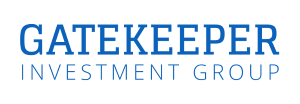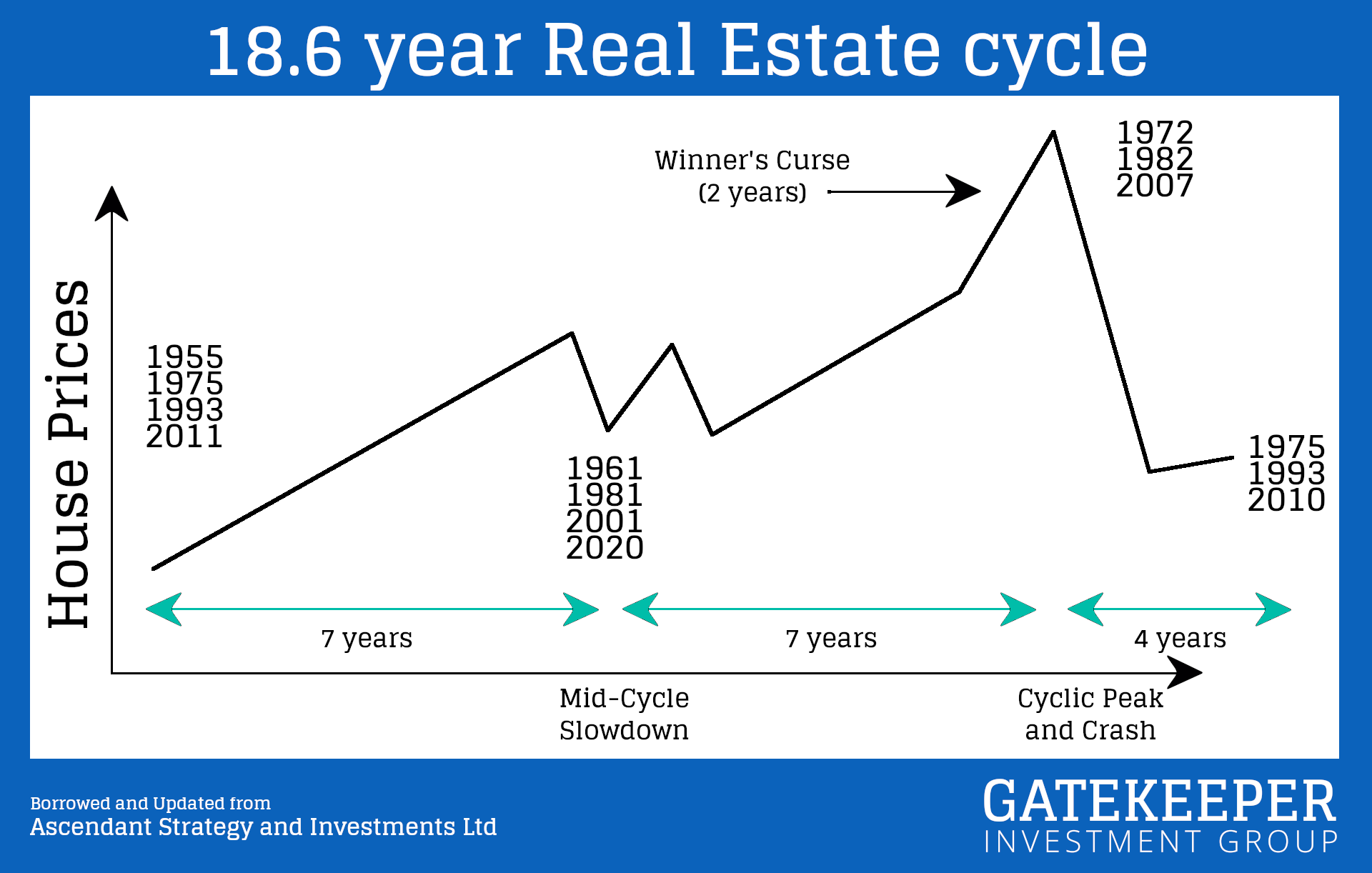Trading, Investing & Your Future
Better to be the bank than the banker.
So here we are. You’ve made it to Lesson 4–Trading, Investing & Your Future.
You conquered Lesson 1–Personal Finance & Budgeting. You survived Lesson 2–Real Estate & Retirement. And you crushed Lesson 3–Entrepreneurship & Your “Side” Gig.
In the long run, real estate and providing homes for people is a pretty safe investment, especially if done debt free after your initial loan is paid off (by someone else).
If you’ve also kept debt free on the entrepreneurial dream you’re also playing it very safe.
Let’s dive in and see what options may work best for you:
- Create Your Strategy
- Books to Read
- Invest in a 401(k) or Roth IRA (traditional & safer route)
- Books on Investing
- Invest in cryptocurrency (aggressive & riskier route)
- Tracking for Taxes
- Business Creation
- Bonus Books
- Downloads
- Summary
Of course, none of this is financial advice. Only you know your situation and how best to proceed. We are just telling you about tools to potentially grow your wealth.
create your strategy
Two Options
If you want to continue playing it safe we recommend going the traditional route of investing into a 401(k), Roth IRA or similar.
You can usually do this through your employer or if you aren’t employed in the traditional means, you can do a self-directed 401(k) or self-directed Roth IRA. In either case, this safer route may be the way you want to choose.
If you want to get more aggressive with your investing you can look into cryptocurrency investing and trading.
traditional route
401(k) or Roth IRA
The 401(k) was first introduced in 1978 and has become a popular way to save for retirement.
The 401(k) allows you to put money into it before it is taxed. This means that there is more of it.
However, when you take it out upon retirement the US government then requires you to pay taxes on the amount withdrawn.
The Roth IRA was first introduced in 1997. The Roth IRA has money placed in it after you’ve already been taxed on it. This means there is less money going in.
However, when you take it out, it’s already been taxed, so you won’t be taxed on what is taken out.
Both have their advantages. You should speak with a tax professional to see which is best for your situation.
aggressive route
Cryptocurrencies
Cryptocurrency was first introduced in 2009 and there was only one. Bitcoin.
Since then, over 10,000 other cryptocurrencies have been created.
They are not created equal.
Some are “stores of value.” Others are used for payment systems. Some are used in the medical finance or privacy fields. Some are used for “smart contracts.”
If the 401(k) and Roth IRA investments are in public companies traded on the New York Stock Exchange, then cryptocurrencies can be considered investments in private companies and traded on multiple exchanges around the world.
Unlike the New York Stock Exchange which opens at 9:30 and closes at 4pm Eastern Time, cryptocurrencies on worldwide exchanges trade all day, everyday–24/7/365.
education only
Not Financial Advice
Of course, none of this is financial advice.
Only you know your situation and how best to proceed.
We are just telling you about tools to potentially grow your wealth.
Books to Read
Wait?
You want me to read a book from a guy who lived in the early 1900’s to learn how to trade a digital token that only came into existence in 2009?
Yes.
Truth of the Stock Tape & Wall Street Stock Selector
Author: WD Gann
WD Gann was a prolific trader in the early 1900’s. His public trading record is absolutely stunning.
Here are 3 of his 24 rules:
- Divide your capital into 10 equal parts and never risk more than a tenth of your capital on any one trade.
- Use stop loss orders. Always protect your trade.
- Never let a profit run into a loss. After you have a profit of 3 points raise your stop loss.
If you want to go the more aggressive route of cryptocurrency investing and trading this is a must read.
The Legacy Journey
Author: Dave Ramsey
The key takeaways from Ramsey’s book are:
- It’s ok to build wealth
- It’s ok to leave it to your children or charities or both
- Plan for when you’re gone
It’s challenging to think what life will be like when you’re gone. This walks you through the process.
traditional route
Play it Safe(r)
If you’re employed you should speak with your employer about your options. Many employers offer 401(k) plans and some even match your funds dollar for dollar up to a certain amount. This is basically free money and if you can afford to do so, you should take advantage of it.
%
company match
Many employers offer 401(k) plans and some even match your funds dollar for dollar up to a certain amount.
This is basically free money so if you can afford to do so, take advantage of it.
401(k) limits
If you’re less than 50 you are allowed to invest $19,500 per year.
If you’re 50 or older you are allowed to invest $26,000 per year.
%
Avg Annual Return
With this traditional route, you may earn an average annual return of 7–10%. Not too shabby.
Some years will be negative, but most will be positive in the long run.
Roth ira limits
If you’re less than 50 you are allowed to invest $6,000 per year.
If you’re 50 or older you are allowed to invest $7000 per year.
Months Minimum
Months Minimum
Aggressive route
Moon, Here We Come
Want to see your investment go to the moon? Well, this is your chance. Don’t risk more than you can lose. And don’t put all your proverbial eggs in one basket.
With that in mind, this might be a way to really push your investment(s) to new sky high territory.
%
company match
Let’s be honest. Cryptocurrency is so new, that no employer will be likely on this bandwagon, yet.
%
Avg Annual Return
No, that’s not a typo. Depending on which cryptocurrencies you’re investing and trading you could see somewhere north of 100%.
Remember, this is not financial advice. You could also lose it all with normal falls between 30–80%.
Months Minimum
Months Minimum

Tracking it
Tracking for Taxes
Once you begin tracking all your income and expenses you’ll want to make it easy on yourself. Your tax person is going to want details with all the info. Download our Income & Expenses Tracker and make it easy.
After you get going you’ll want to track how your investing & trading business is doing on a month-to-month and yearly basis. You can do that by grabbing your income and expenses from the Income & Expenses Tracker each month and input it into our Profit & Loss Tracker.
business creation
LLCs, S-corps, EINs and Bank Account
You want to keep your personal finances separate from the rental income created in Lesson 2–Real Estate & Retirement and “side” gig in Lesson 3–Entrepreneurship & Your “Side” Gig, as well as this new business.
By forming an LLC for this business you’ll protect your personal income, rental income and “side” gig income in case something awful should happen.
Here are a few companies which deal with legal matters such as creating LLCs.
The LLC creation generally costs between $300–$500 depending on the exact services you are purchasing.
Some of the above services also try to sell you a package to create your EIN (Employer Identification Number) from the IRS. You can do this in about 5 minutes yourself and save some money.
Once you’ve created your LLC you’ll also want to signup for a business bank account. This will force your finances into more “jars” which is helpful down the road if and when you get audited by the IRS. This also helps you keep your “personal” finances separate from your business finances in case someone decides to sue you or the LLC.
After you get your business rolling and are making north of $30,000/year you may want to consider having your tax person file paperwork to change your business status to an S-corp. This has certain tax advantages which can be helpful to save money over the long run.
Months Minimum
Months Minimum
Bonus Books
More books on general trading. These represent top-tier traders in their respective markets.
Market Wizards
Author: Schwager
Learn from top traders in multiple financial markets.
This is the first in a multi-book series written over several decades.
Reminiscences of a Stock Operator
Author: Lefevre
Written in the first person, Reminiscences is a great book on the mind of a prolific, early 1900’s trader who took millions out of the market over his lifetime.
downloads
Get ’em While They’re Hot
Income & Expenses
Every piece of income. Every expense. Keep track of it here.
Download our Income & Expenses Tracker.
Profit & Loss tracker
After each month grab your income and expenses from the Income & Expenses Tracker and input it here to track how the business is doing.
Download our Profit & Loss Tracker.
Summary
Trading, Investing & Your Future
Well, here we are. At the end of Lesson 4–Trading, Investing & Your Future.
What will you do next?


